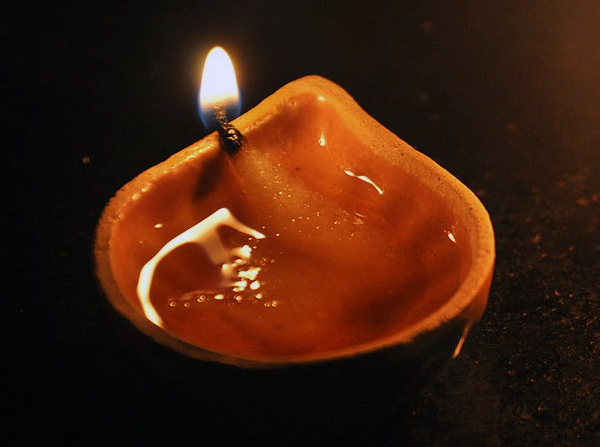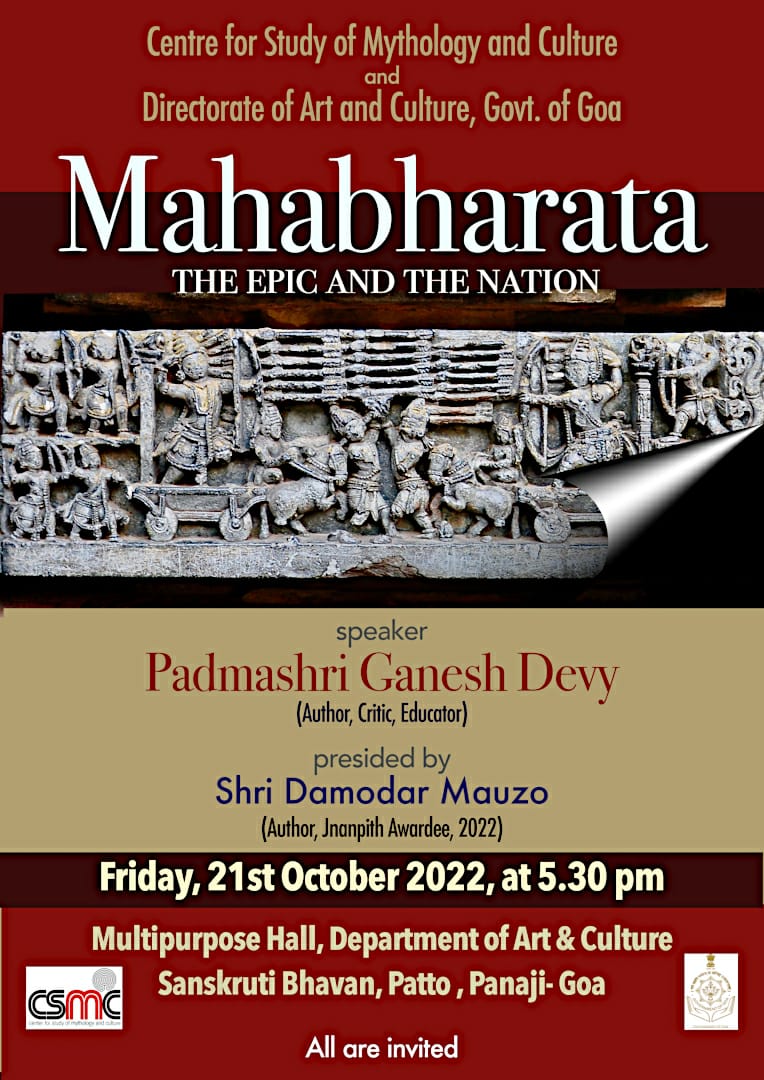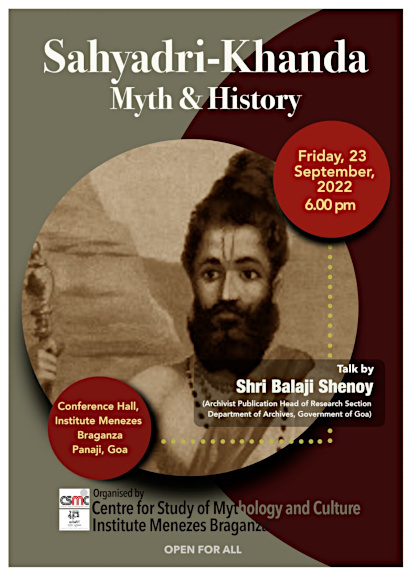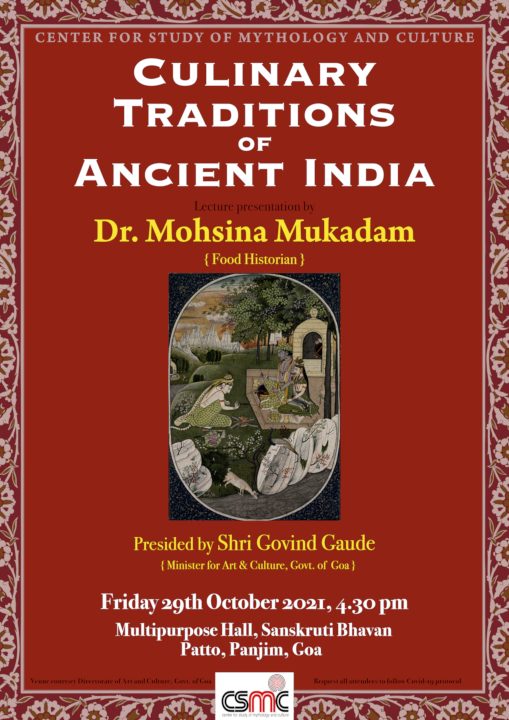
According to traditional belief, if you want wealth and prosperity, Goddess Lakshmi has to walk into your home. In Hindu mythology, goddess Lakshmi represents wealth and prosperity. To entice Lakshmi to enter their homes, women decorate their homes with beautiful kolams or rangolis and light a lamp at the doorstep to welcome her. In some homes women imprint tiny footprints showing her the way into their homes. Thus goddess comes walking.
Here is a tale connected with Adi Shankara, a 7th C. B.C.E Hindu saint who walked across India teaching the tenets of Hinduism.
The deity known as Rajarajeswari is worshipped as Saraswati in the morning, Lakshmi in the afternoon and Parvati or Durga in the evening. Thus representing all three forms of Devi in a single deity. Rajarajeswari is the presiding deity of Chottanikkara Bhagavathi temple situated in the suburbs of Kochi. It is one of the popular pilgrim centres in Kerala.
According to the legend, Adi Shankara learned that his beloved deity Saraswati- goddesses of knowledge and arts resides in a temple in Kashmir, which was her main centre of pilgrimage. People came from far and wide to learn various shashtras, music and performing arts at her temple in Kashmir. But how can people from southern India come to such a far away place to learn shashtras? Shankara pondered. He decided to please the goddess with his devotion and requested her to come to south ( Kerala) his native land, where he can establish a temple dedicated to her worship. After much persuasion goddess consented to come to South India on the condition that she would walk behind Shankara. But, as Shankara would lead the way and keep walking he should never turn back to check whether she was walking behind him. Adi Shankara agreed to her condition and they started their walk towards the south.
As she walked, behind Adi Shankara the sound of trinkets from her leg assured him that she was following him. As they reached Kodachadri hills, Shankara could not hear the tinkling of anklets of the goddess behind him. Shankara waited for few minutes to be certain if the goddess was still following him. But there was only silence, not the sound of anklets. Anxious Acharya turned around to see what had happened. The Goddess was right behind him, standing silently. Shankara had broken the condition of not looking back to check on her. The Goddess refused to move any further. Shankara installed a temple in her name in Kollur district of Karnataka and here the Goddess Saraswati is known as Mookambika.
But Shankara did not give up on getting the goddess to his native place in Kerala. He continued to persuade the goddess to come to his native land of Kerala. After many years of devotion and penance Goddess agreed to come to Kerala and Shankara built her a temple at Chottanikkara near Kochi. It is said- Goddess remains present at the Chottanikkara temple only during morning hours. Thus the doors of the Chottanikkara shrine opens at early hours before Mookambika shrine doors are opened, so that devotees can take the darshan of the goddess before she walks back to Kollur.
———
Story collected by : Sunil Sharma
Source: as narrated by the priest at Chottanikkara temple, Kochi
Location : Kerala
Image copyright: Vidya Kamat













